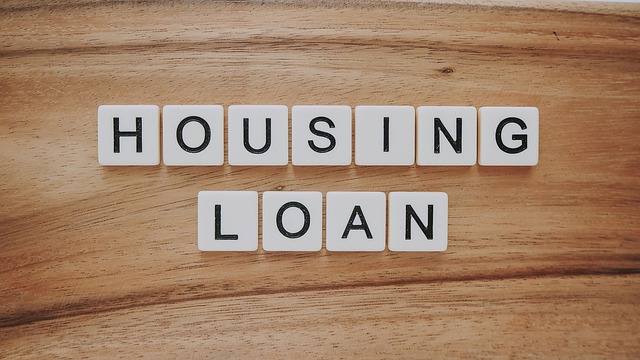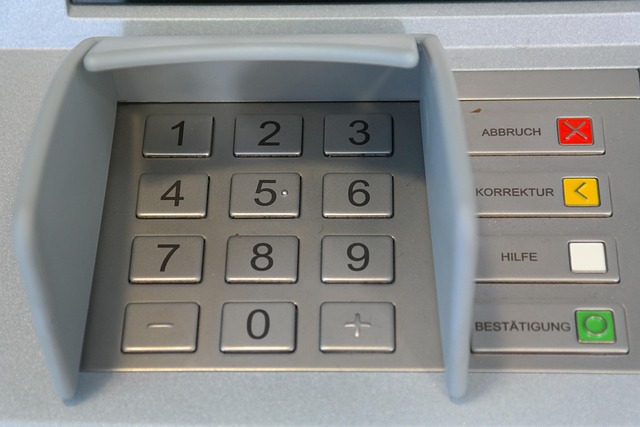Title loan forgiveness programs offer critical relief for individuals post-bankruptcy seeking freedom from vehicle collateral debt. These initiatives address the struggles of borrowers with high-interest rates and rigid terms, empowering them to regain financial control, rebuild stability, and avoid future crises by forgiving outstanding title loan debts. To qualify, borrowers must demonstrate financial hardship, explore other options, and undergo a thorough financial assessment, including vehicle valuation, in collaboration with their bankruptcy trustee. Understanding available resources and carefully reviewing program requirements is essential for navigating this process successfully.
After a bankruptcy case, individuals often seek relief from remaining debts. One option gaining traction is title loan forgiveness programs. These initiatives offer a second chance by potentially wiping out outstanding title loans, providing much-needed financial respite. Understanding these programs and their eligibility criteria is crucial for those looking to rebuild their financial stability. This article explores title loan forgiveness programs, guiding you through the application process and available resources post-bankruptcy.
- Understanding Title Loan Forgiveness Programs
- Eligibility Criteria for Post-Bankruptcy Relief
- Navigating the Application Process and Available Resources
Understanding Title Loan Forgiveness Programs

Title loan forgiveness programs have gained prominence as a potential lifeline for individuals facing financial hardships after bankruptcy. These initiatives are designed to provide relief from debt, specifically related to vehicle collateral loans, which can be a significant burden post-bankruptcy. Many borrowers turn to such loans for emergency funding or same-day funding solutions when unexpected expenses arise, but they often find themselves trapped in a cycle of debt due to high-interest rates and strict repayment terms.
Understanding these forgiveness programs is crucial as they offer a path to financial redemption. By providing relief from title loan debts, these programs aim to help individuals regain control over their finances without the constant fear of repossession. This support can be particularly beneficial for those who have exhausted other options, ensuring they can rebuild their financial stability and avoid future financial crises.
Eligibility Criteria for Post-Bankruptcy Relief

After declaring bankruptcy, individuals often seek relief from their financial burdens, including outstanding debts related to title loan agreements. Title loan forgiveness programs can provide a much-needed breath of fresh air for those who find themselves in this situation. However, navigating these programs requires understanding specific eligibility criteria. To qualify, borrowers must demonstrate financial hardship and have exhausted other debt relief options. The process typically involves assessing the borrower’s overall financial situation, including their income, assets, and existing debts.
One crucial aspect to consider is the vehicle valuation, as it directly impacts the available equity. If a borrower has already paid down a significant portion of their cash advance or vehicle-related loan, they might be eligible for forgiveness based on the reduced vehicle equity. This requires a careful review of financial records and a transparent discussion with the bankruptcy trustee to explore potential options for title loan debt relief.
Navigating the Application Process and Available Resources

Navigating the application process for title loan forgiveness programs after bankruptcy can seem daunting, but understanding the available resources is key to a successful outcome. The first step involves thoroughly researching various non-profit organizations and government agencies that offer such programs. These entities often provide detailed guidelines and checklists to help borrowers understand the eligibility criteria and required documentation.
Once identified, prospective applicants should carefully review each program’s specific requirements. This includes verifying their bankruptcy status, understanding the types of secured loans eligible for forgiveness, and ensuring they meet any income or financial milestones set by the program. Some programs may also offer guidance on loan refinancing options to help alleviate the debt burden, providing a fresh start after bankruptcy.
Title loan forgiveness programs offer a glimmer of hope for individuals post-bankruptcy, providing a path to financial relief. By understanding eligibility criteria and navigating the application process with available resources, those who have faced financial challenges can explore options to forgive remaining title loans. These programs aim to help individuals regain stability, allowing them to leave their bankruptcy behind and build a more secure financial future.






